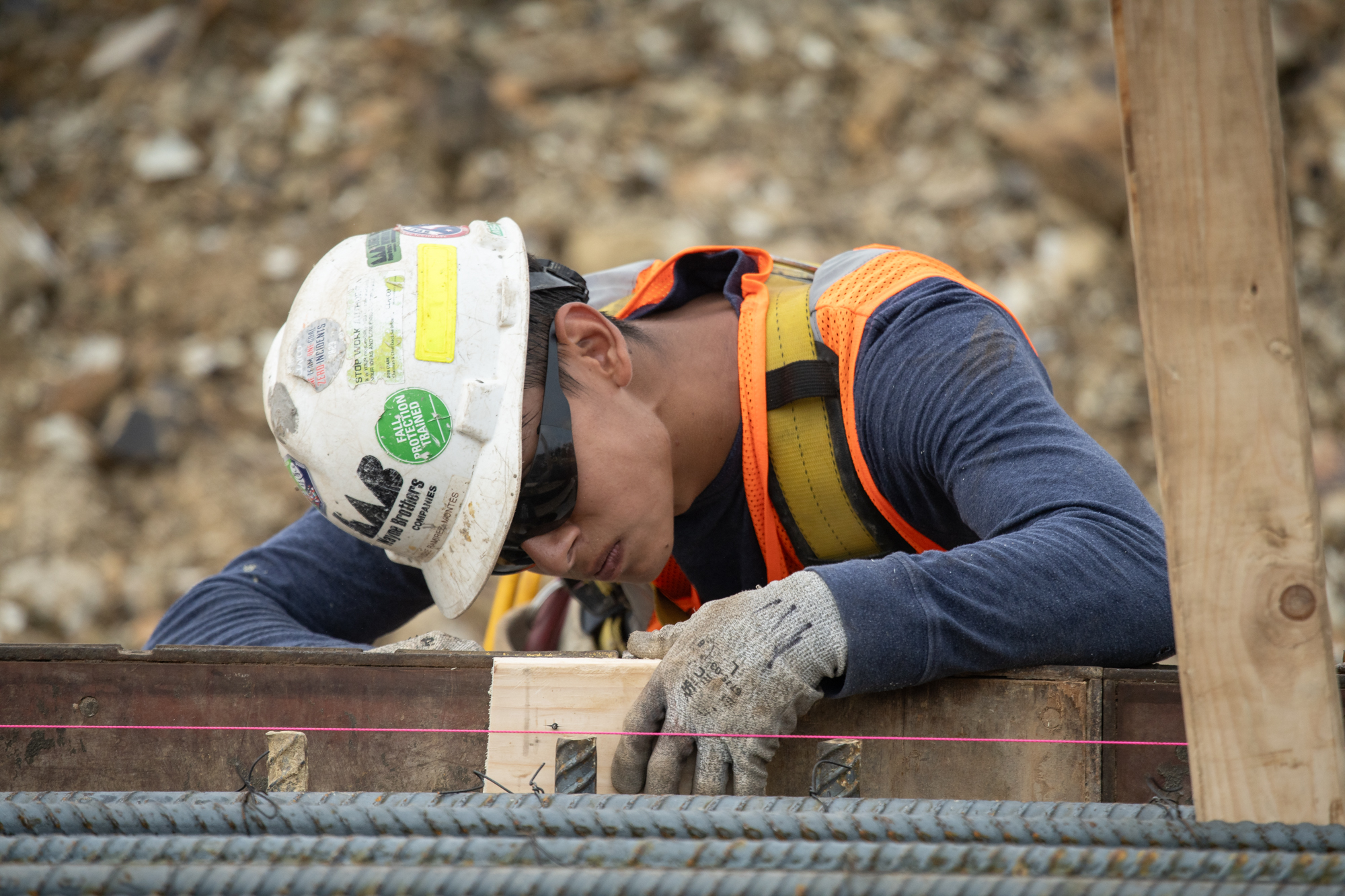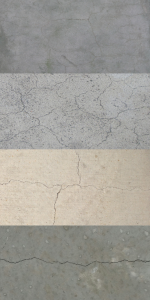IS A SELF-PERFORMING GENERAL CONTRACTOR BETTER?
By Keith Wayne, President & CEO


By Keith Wayne, President & CEO
Recently I read an article by a large General Contractor about the benefits of self-performing. They claim this strategy will create better results, provide a solution to the labor force problems, guarantee quality, stronger safety and better collaboration. As a subcontractor, we view this strategy through a different lens and would like to offer our perspective. Highly skilled subcontractors can be leveraged to deliver more value to projects and ultimately the end-user. Here are a few ways in which we believe subcontractors add value.
Highly Trained Workforce
For over thirty years, our passion has been to recruit and train the finest craft workers across various trades. The recruitment process alone is a formidable challenge. The real task begins once we hire our workforce, honing their skills into specialized trade expertise. The reality is, highly skilled tradespeople are scarce, a fact we know well as we’ve developed in-house training programs to cultivate trade skills.
If you want a highly trained workforce, it requires a large investment in non-revenue generating roles – recruiters, craft trainers, HR, and labor benefits coordinators. These support roles and their associated costs are indispensable.
By Jose Arcila, Senior Geostructural Engineer and Garrett Overcash, Senior Structural Engineer
 Concrete is the most widely used construction material in the world. The durability, strength, and versatility are unmatched. Concrete in the simplest form is comprised of cement, aggregate (large and small), and water. Modern concrete mixes often contain chemical admixtures that can greatly enhance the properties of the mix and/or the final cured material. With all the technological advances since concrete was first used thousands of years ago one fact still holds true……concrete cracks. Sometimes the cracks are on a microscopic level and other times they impact the functionality of the intended structure. As contractors and engineers, we cannot “cure” concrete cracking, but we can treat the “symptoms” and mitigate cracking to provide a useful product.
Concrete is the most widely used construction material in the world. The durability, strength, and versatility are unmatched. Concrete in the simplest form is comprised of cement, aggregate (large and small), and water. Modern concrete mixes often contain chemical admixtures that can greatly enhance the properties of the mix and/or the final cured material. With all the technological advances since concrete was first used thousands of years ago one fact still holds true……concrete cracks. Sometimes the cracks are on a microscopic level and other times they impact the functionality of the intended structure. As contractors and engineers, we cannot “cure” concrete cracking, but we can treat the “symptoms” and mitigate cracking to provide a useful product.
What Are Common Causes of Cracking?
Shrinkage: The most common cause of excessive concrete cracking is related to the volume change of concrete when it cures. Traditional concrete loses moisture when it cures and the resulting shrinkage exceeds the concrete’s ability to resist tension, resulting in areas where the concrete stress is relieved in the form of cracks. Shrinkage cracking can be minimized by allowing concrete to shrink in a controlled manner.
Wayne Brothers Shrinkage Mitigation Procedures:


Trey Gonzalez
Charlie Lilly
Will Tripplet
Gerardo Munoz
Eduardo Argueta
Bruce Ashworth
Dallas Burch
Noe Saravia
Keith Wayne
Zach Clubb
Joseph Wickline
Jose Arcila
Armando Esquivel
Jose Tojiero
Shawntel Brown
Amanda Phillips
Tyler Roach
Todd Ashworth
Isaiah Scott
Cody Key
Jim Rhodes
Rick Adsit
Katy Roland
PCS Drivers
Tom Champlin
Jaime Andersen
Jake Potter
Bruce Ashworth
Dallas Burch
Sam Barrier
Cathy Downs
Manny Rosales
Bruce Ashworth
Sam Barrier
Garrett Overcash
Peter Theilgard


Carlos Alvarez 1st time Grandpa welcomed baby boy Varian on 2/1

Blake and Traci Barker welcomed baby girl, Cora Presley on 4/19

Chad & Courtney Champine welcomed baby boy Clayton Robert on 4/27

Camila Andrade welcomed baby girl, Emilia Marquez on 4/28
You are now leaving Wayne Brothers website.
CLICK HERE to continue to InteSpec, Inc.’s website or CLOSE to remain here.
